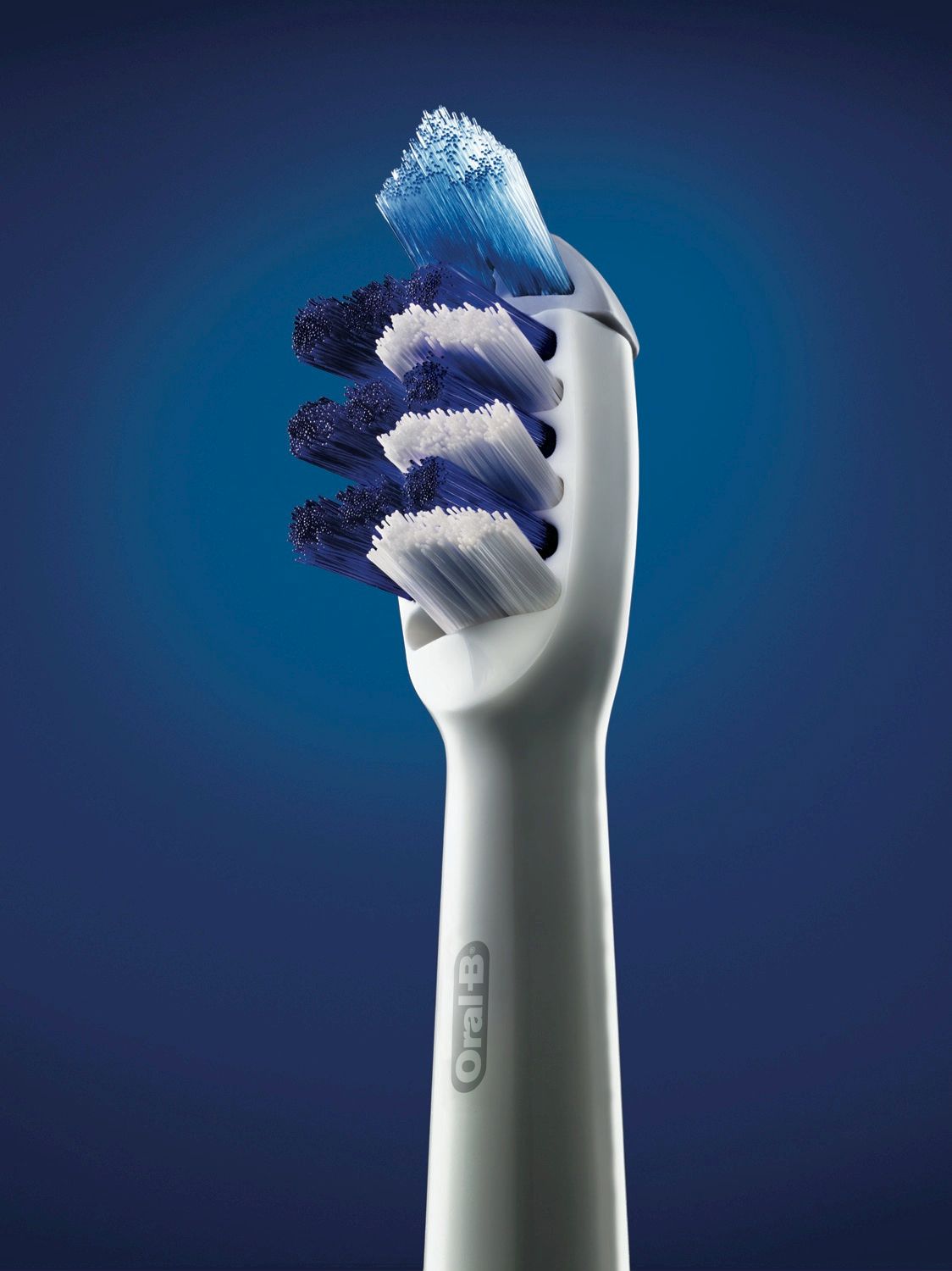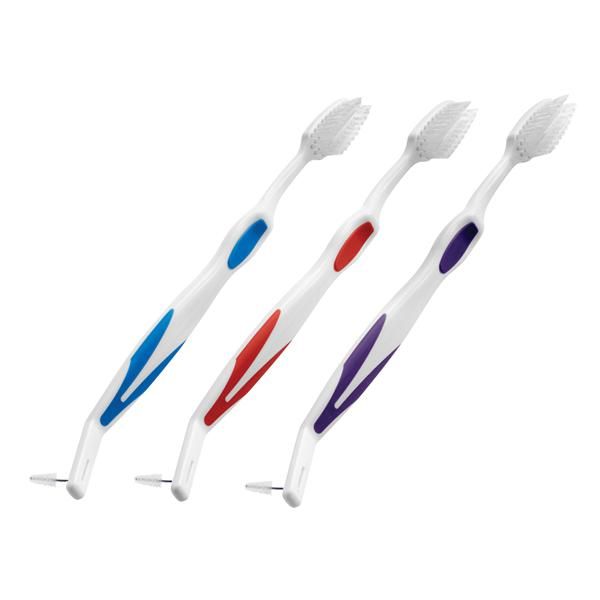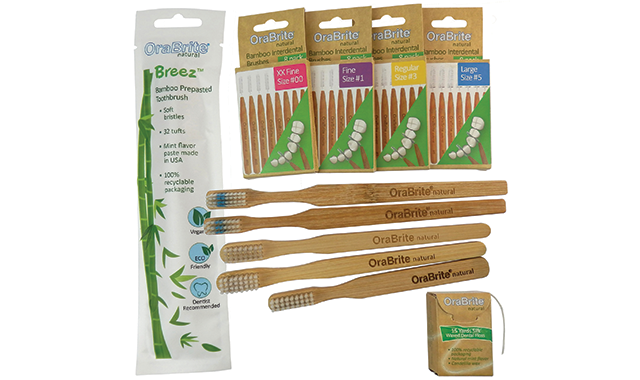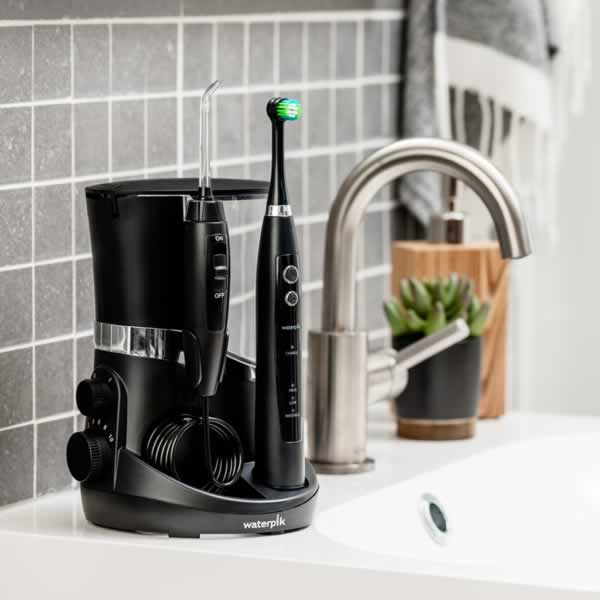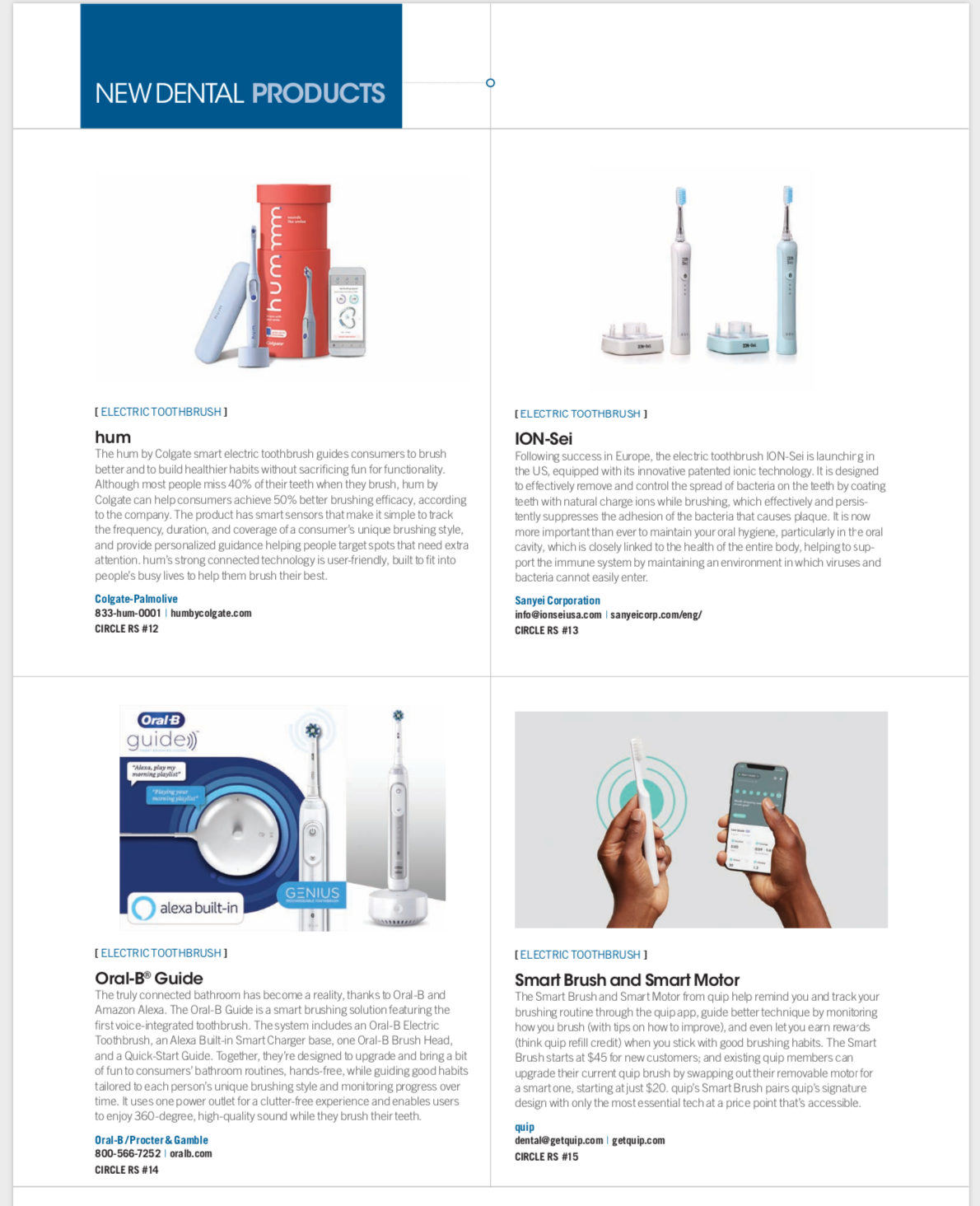Along the way, the toothbrush has changed from versions that include an old islamic traditional natural toothbrush Miswak (left) said to be used by the Babylonians some 7000 years ago as well as by Greek, Roman empires and also by ancient Egyptians and Muslims. A more traditional manual brush (center) and an early powered model (right). HAYATI KAYHAN / STOCK.ADOBE.COM
The earliest forms of toothbrushes included handmade devices, often made from twigs or animal bones, with rough "bristles" designed to rub and clean teeth. TYLER OLSON / STOCK.ADOBE.COM
The "Indexo" toothbrush, made entirely of rubber, was shaped to fit over the index finger. The finger toothbrush came in plastic box with instructions, and was made by the Indexo Co. Inc., of New York in the early 1900s. This represents an early option for travelers looking for a convenient way to take a toothbrush with them outside the home. Photo courtesy of Wellcome Images/Wikimedia Commons
This toothbrush with a silver gilt handle was made for Emperor Napoleon Bonaparte (1769-1821) of France. Many published reports credit the Chinese with inventing the use of toothbrushes and pastes for oral care, although the ancient Egyptians used branches with frayed ends to clean their teeth.
Photo by Mr. John Cummings / Wikimedia Commons
As toothbrushes enhanced over the years, the size, angle, shape and hardness of the bristles allowed for better cleaning and more patient preferences. This Oral-B brush was featured in Dental Products Report in 2012 and showcases how today's brushes offer a wide array of bristles designed to better clean teeth and gums.
Along the way, dental manufacturers have developed a number of products looking to take brushing a step further, whether it meant including paste built into a brush, flossers and picks attached to an end or packaged together for on-the-go care, brushes that could be used on the end of a finger and more. These brushes from Acclean are designed with small brushes on the handle to clean around orthodontic brackets.
Toothbrushes designed to encourage strong oral care habits with children have come a long way. Early models included smaller handles and bright colors. Then came musical devices and brushes with sports themes and cartoon characters, as well as brushes featuring popular movie and action figure characters. Anything to help kids brush better is a good thing. ViDi Studio / STOCK.ADOBE.COM
With many companies and people focusing on environmentally sound products, oral care products have also joined the going green movement. OraBrite has a line of products designed to reduce waste that includes recyclable packaging and bamboo brushes.
This Water Flosser with Electric Toothbrush from Waterpik is a long ways off from the days of using twigs and chewsticks to clean your teeth. Products like this are designed to give consumers the type of care that never used to be achievable at home. While it's still important to visit your dentist on a regular basis, a number of today's power toothbrushes and oral irrigators can give you that deep clean feeling previously only offered by the hygienist in the office.
A great example of just how far toothbrush technology has come can be seen in a recent issue of Dental Products Report. On one page in the September 2020 issue of the magazine we featured four different new electric/smart brush launches. These offerings from Colgate, quip, Oral-B and Sanyei display a variety of features that just a few years ago seemed unimaginable. Today's electric toothbrushes can do an amazing job of cleaning but also provide data and tracking designed to help make the brushing experience— and the results better than ever.

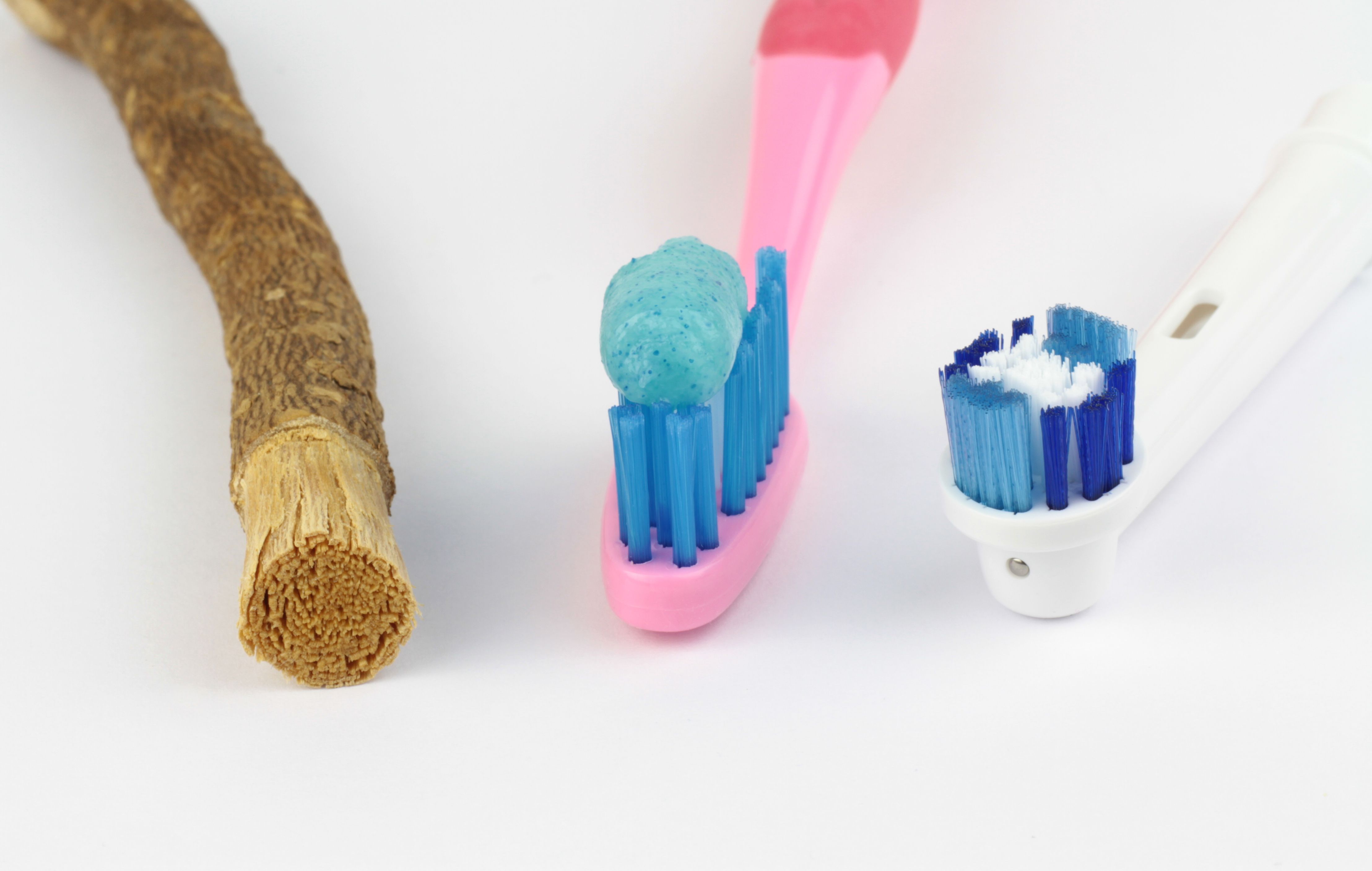

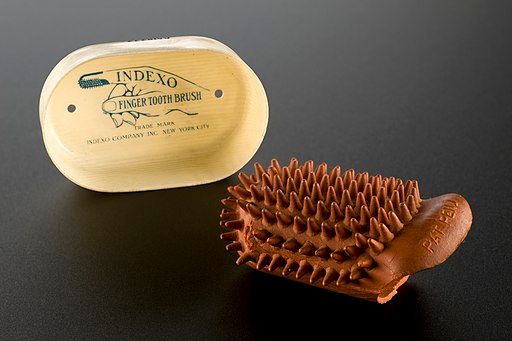
.jpg?fit=crop&auto=format)
